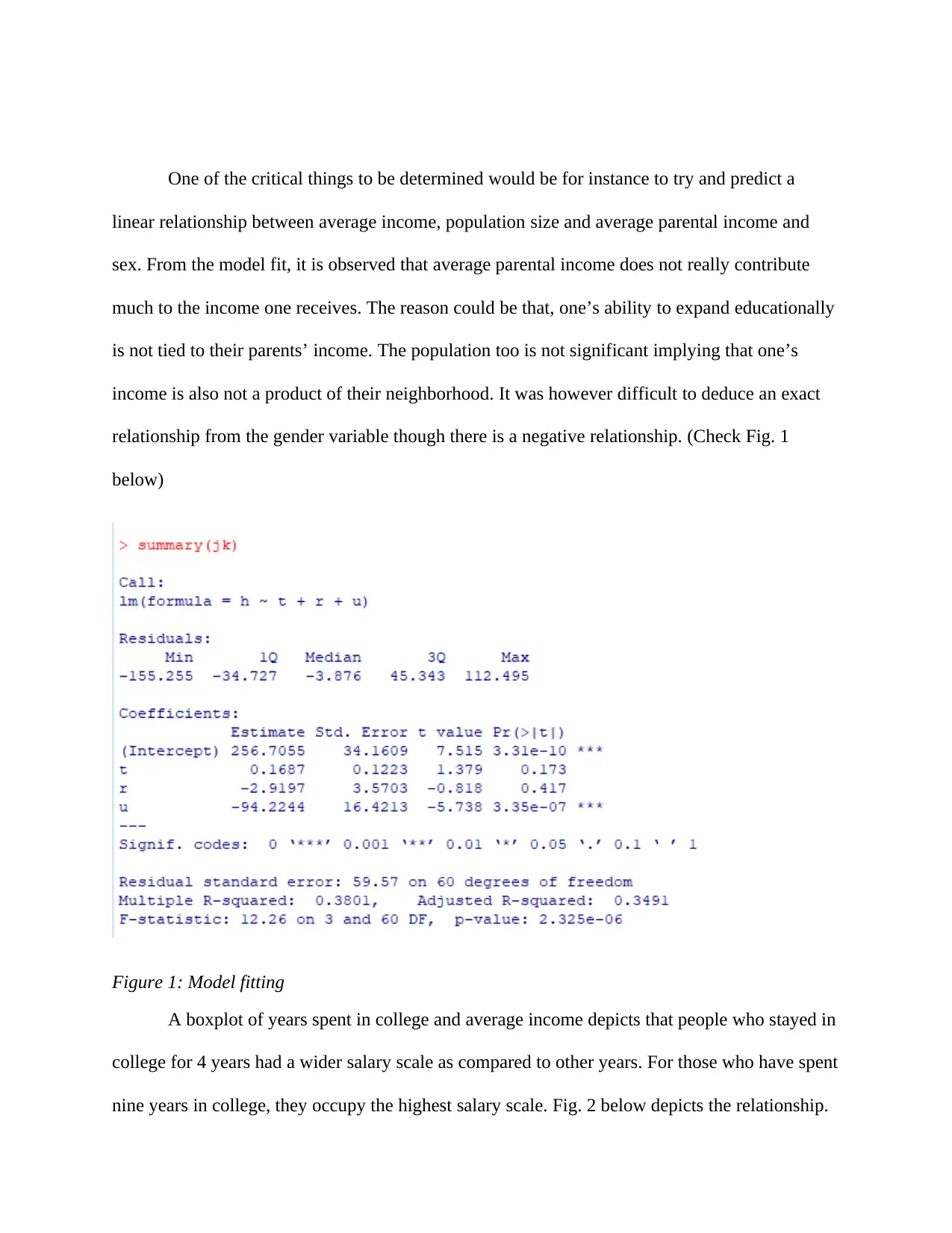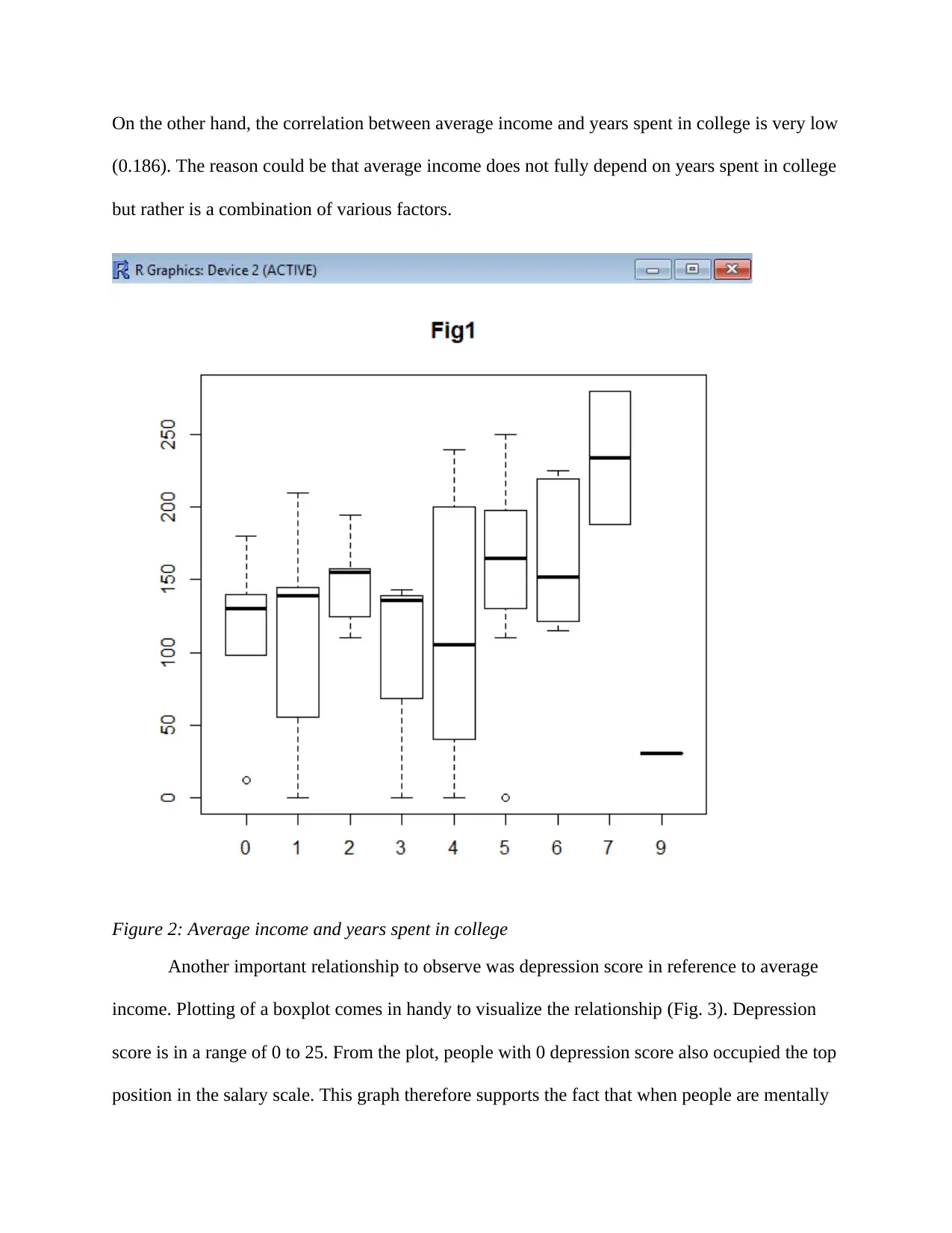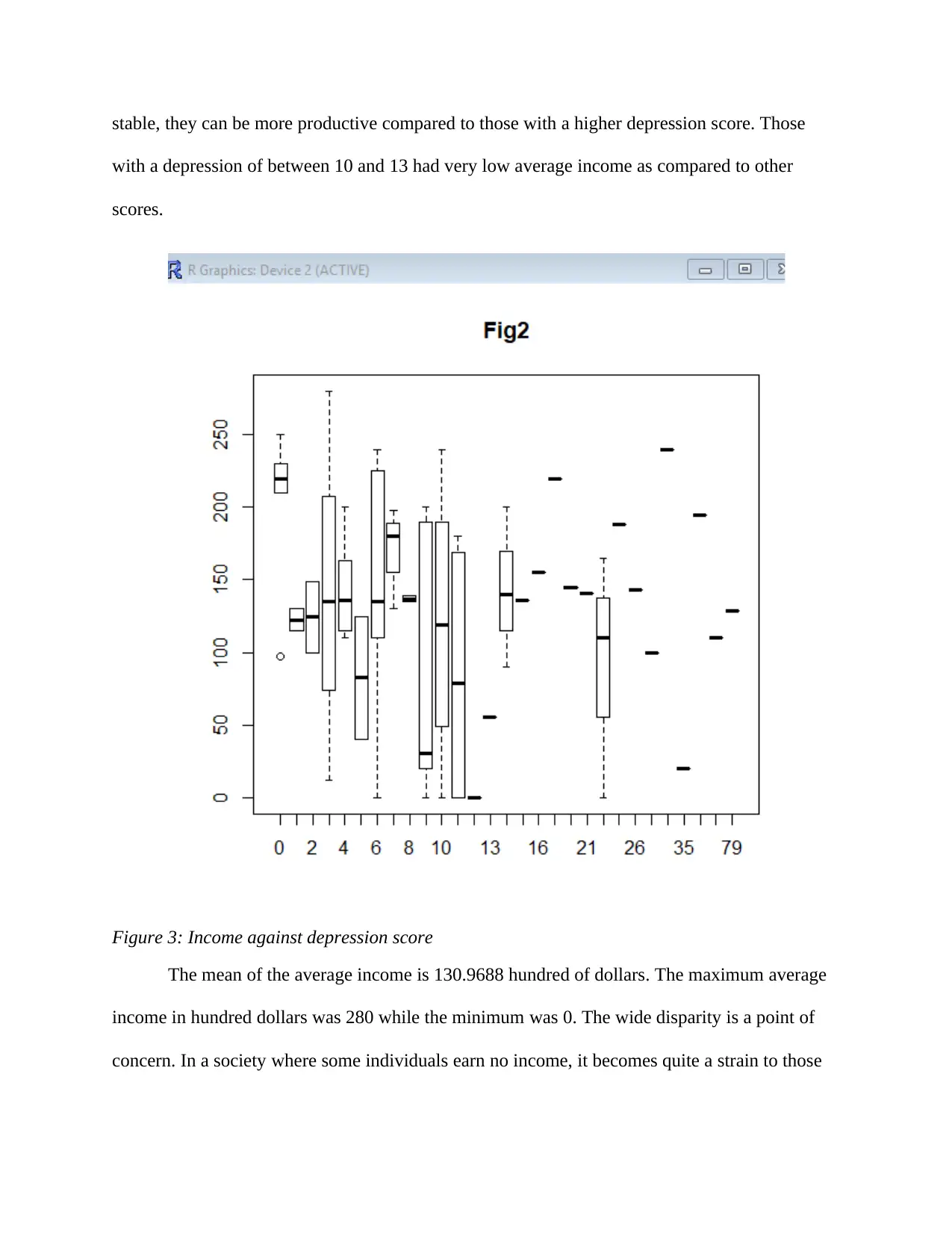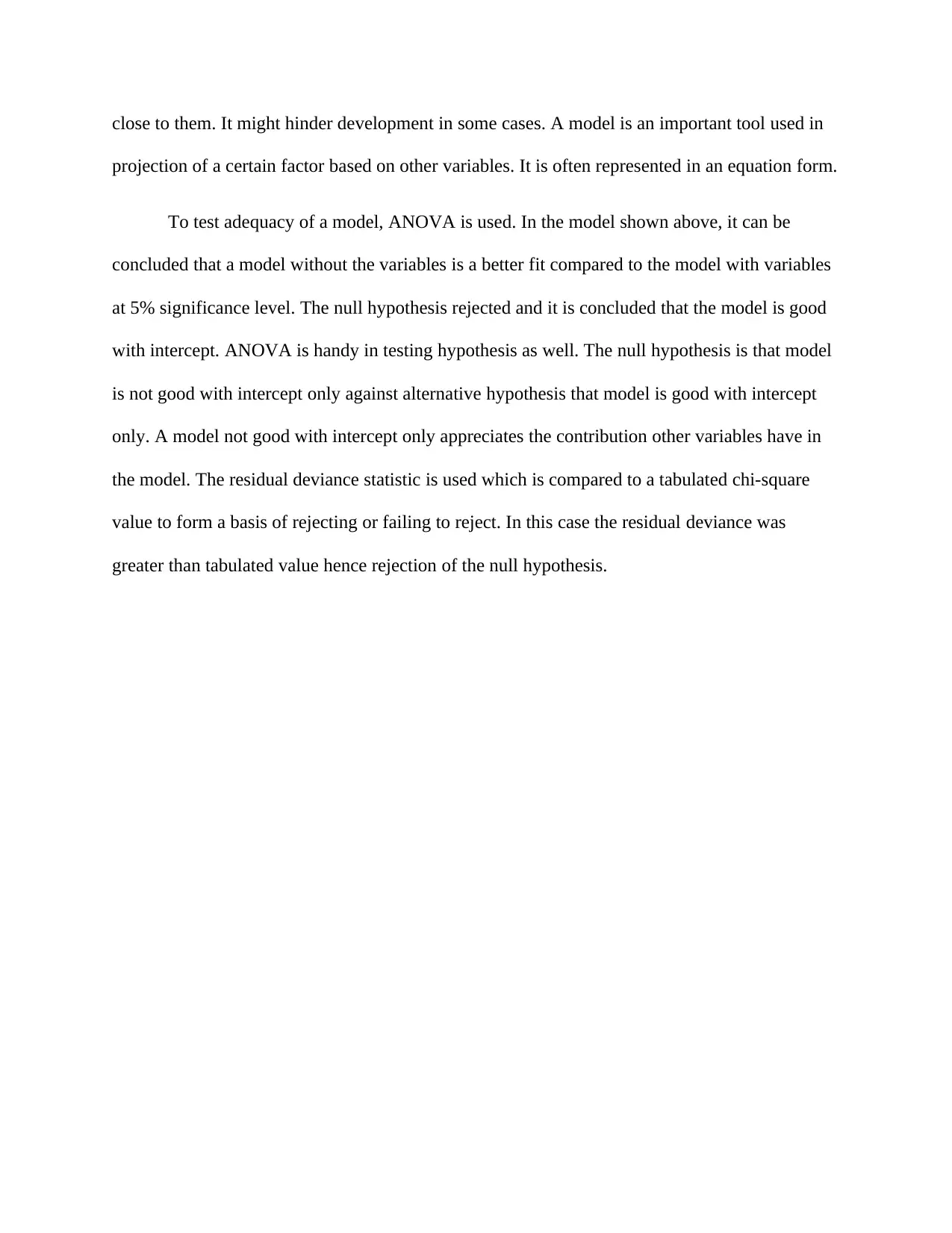Math 15: Income, Education, and Depression Analysis using WLS Dataset
VerifiedAdded on 2023/01/11
|4
|601
|54
Homework Assignment
AI Summary
This assignment analyzes the WLS dataset, focusing on the relationships between income, education, and depression scores. The analysis reveals that parental income and population size have an insignificant impact on an individual's income, while gender shows a negative correlation. The years spent in college show a positive correlation with income, with those spending four or nine years in college having a wider salary scale and the highest salary scale, respectively, although the correlation is weak. Furthermore, the analysis indicates that individuals with a depression score of 0 occupy the top position in the salary scale, suggesting a positive correlation between mental stability and income. The assignment also provides statistical summaries of income, including mean, maximum, and minimum values, highlighting income disparity and the adequacy of a model with intercept only, based on ANOVA results. The student used the WLS dataset to explore relationships between income, education, and health.
1 out of 4





![[object Object]](/_next/static/media/star-bottom.7253800d.svg)